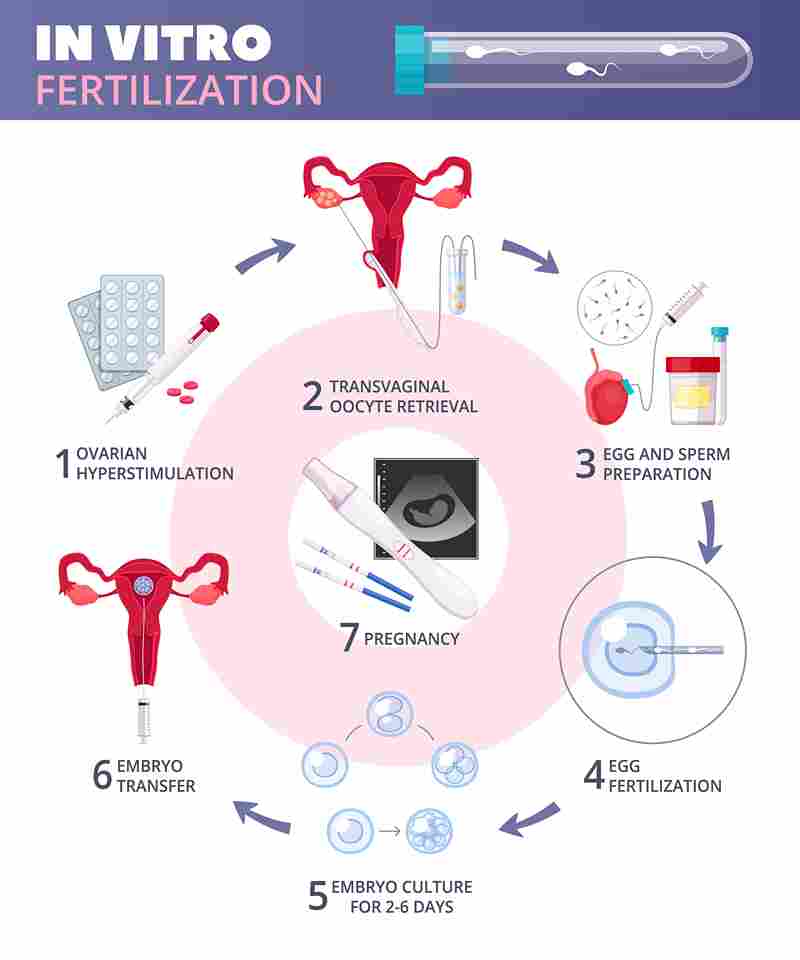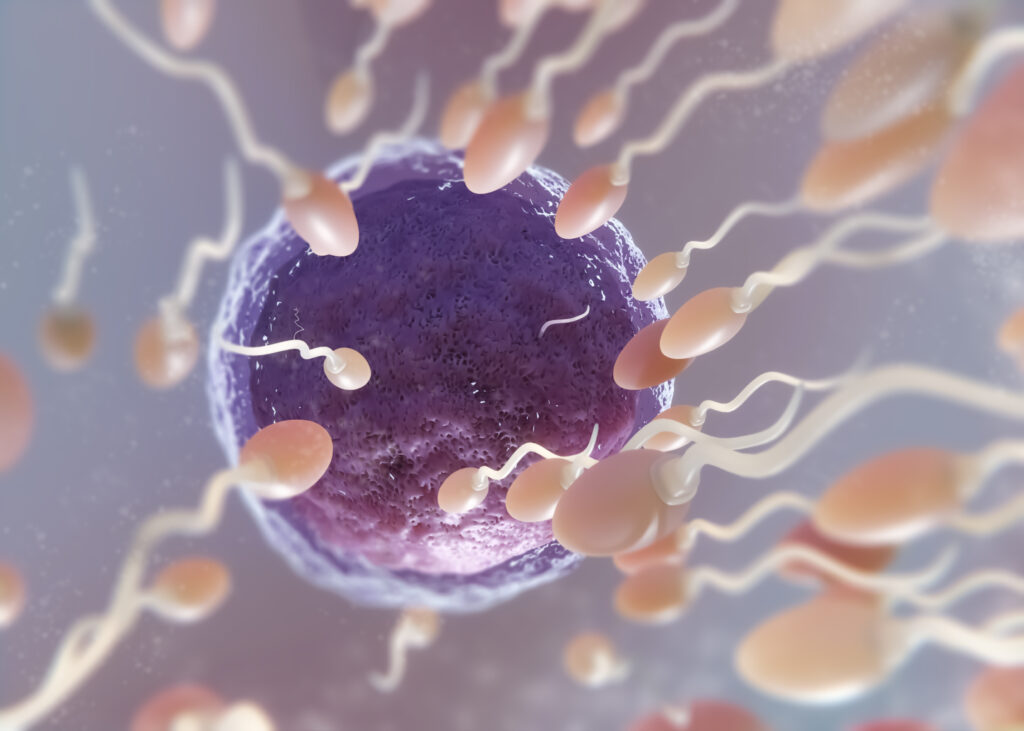
In Vitro Fertilization: A Step-by-Step Look At the IVF Process
Are you dealing with fertility problems? Read this blog to learn about the IVF process step by step.
What Is In vitro fertilization?
In vitro Fertilization (IVF) is one of the fertility treatment options in which an egg or sperm are fertilised outside the human body. It is considered one of the most preferred options for couples when other infertility treatments fail. In vitro fertilization (IVF) is one of the types of assisted reproductive technology (ART) that includes a series of processes that can help you conceive.
It includes several processes in which an egg is brought out of the woman’s ovaries and manually combined with the partner’s sperm in the laboratory for fertilization. After several days, the fertilised egg (known as an embryo) is then placed into the woman’s womb so that it can grow and develop there. When this embryo implants itself in the uterine walls, a woman gets pregnant.
Why is IVF performed?
In vitro fertilization can be done for many reasons, such as fertility problems and to treat other health conditions. Here are some of the reasons why people may consider IVF:
- Advanced maternal age
As the woman ages, the egg quality and quantity both diminish. Therefore, if after the age of 35, you haven’t become pregnant naturally or through other methods, then IVF is the best choice.
- Blocked or damaged fallopian tubes
If there is blockage or damage in the fallopian tubes, then it can stop the egg from being fertilised.

- Unexplained infertility
Even after the various medical tests, if the reason for infertility is not discovered, in vitro fertilization can be considered a good option.
- Endometriosis
Severe endometriosis can affect fertility by causing scarring and adhesions. IVF can bypass these issues by fertilising eggs outside the body.

- Ovulatory Disorders
For women with irregular or absent ovulation, IVF can help by stimulating the ovaries to produce more eggs for fertilization.
- Male factor infertility
IVF is also done if your partner’s sperm count is low or if they have a low sperm motility rate.
- Same-sex couples and Single Parents
IVF is used to help same-sex couples and single individuals have children. In such cases, a gestational carrier (surrogate) may be used to carry the pregnancy.

What Happens During the In vitro Fertilization (IVF)? IVF Process Step by Step
In vitro fertilization (IVF) includes several medical techniques to help women get pregnant. Choosing IVF is a personal choice; however, it may also be performed if other fertility treatments do not work in favour or do not give positive results.
IVF Process Step by Step: This fertility treatment process includes seven steps, which include the following:
- Stimulation
The very first step of in vitro fertilization is stimulation. Under this process, women are given fertility medications to boost the number of eggs they produce. During each menstrual cycle, women only produce one mature egg, but IVF requires multiple eggs. Therefore, medication is given to them that can help produce several mature eggs.
During this time, women will be under observation and examined through ultrasounds and blood tests.
2. Egg Retrieval
Once the eggs have matured, a minor surgical procedure called egg retrieval or follicular aspiration is carried out under anaesthesia. Your doctor will insert a thin needle through the vagina into the ovary and follicles that contain the eggs. The needle is connected to a suction device that aids in extracting the egg and fluid from each follicle. This procedure is done multiple times according to the available eggs in the woman’s body.

3. Sperm Collection
On the same day as egg retrieval, sperm from the male partner or a sperm donor is collected and prepared for fertilization.
4. Insemination
In the laboratory, the retrieved eggs and sperm are combined to facilitate fertilization. This can be done through traditional insemination, where sperm is added to the eggs, or through intracytoplasmic sperm injection (ICSI), where a single sperm is directly injected into an egg.

5. Embryo culture
The fertilized eggs, now called embryos, are cultured in a controlled environment for a few days to allow for development and growth.
6. Embryo transfer
One or more healthy embryos are selected for transfer into the woman’s uterus. This is typically done 3-5 days after egg retrieval, and it is a relatively simple and painless procedure.

7. Pregnancy Test
About two weeks after embryo transfer, a blood test is done to check if the IVF procedure was successful and has resulted in pregnancy.
CONCLUSION
In vitro Fertilization includes assisted reproductive technology, which means the fertilization occurs outside the human body.
It is a beneficial process for people who are facing problems like tubal factor infertility, endometriosis, male factor infertility, or unexplained fertility.
It is important to consult a fertility expert, discuss the specific conditions and preferences, and discuss your problems with them so that you can make the appropriate decision.